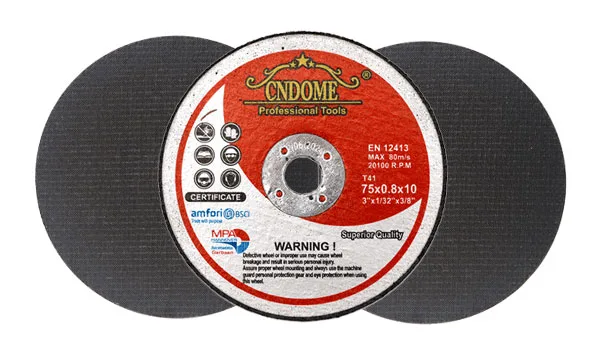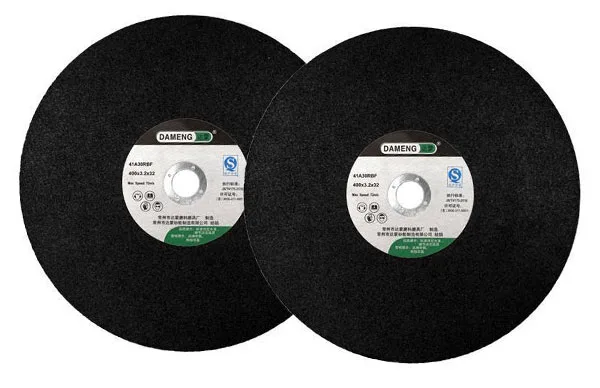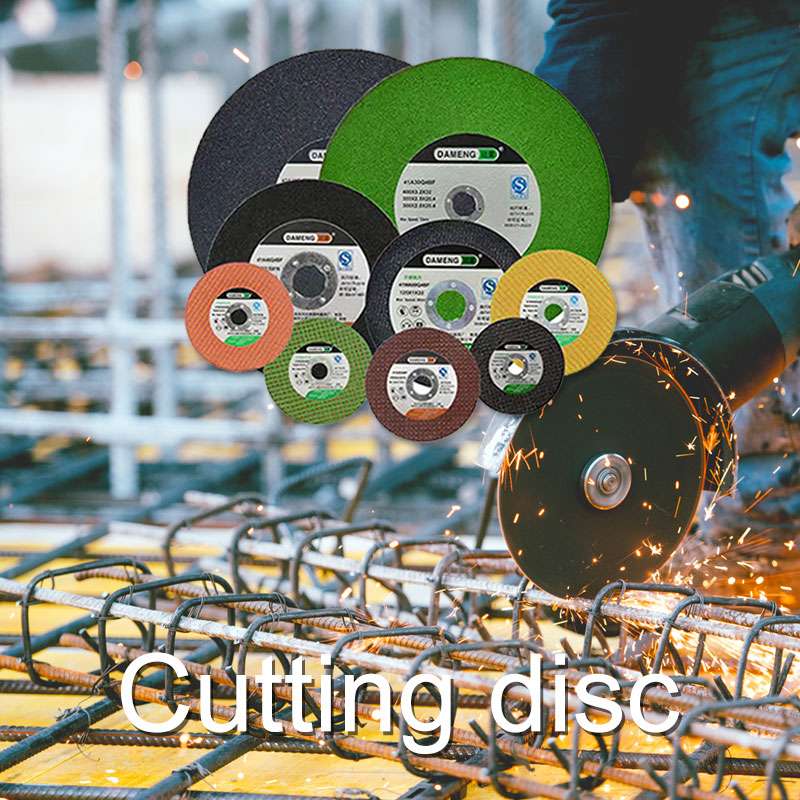Sharpening resin cutting blades can be a challenging task, as they are typically designed to be disposable and not easily resharpened. However, if you’re determined to try, here’s a general guide to help you attempt sharpening resin cutting blades yourself. Keep in mind that success may vary, and there’s a risk of damaging the blade further.

Tools you’ll need:
Safety gear: Wear safety goggles and gloves to protect yourself during the process.
Resin cleaning solvent: Use a suitable solvent to clean the blade before sharpening.
File or honing stone: Select a fine-grit file or honing stone to sharpen the blade.
Vise or clamp: To hold the blade securely while sharpening.
Marker: Use a marker to coat the blade’s teeth before sharpening.
Steps:
Clean the blade: Soak the blade in a resin cleaning solvent to remove any accumulated resin, dust, or debris. Follow the solvent manufacturer’s instructions carefully.
Inspect the blade: Check the blade for any signs of damage or excessive wear. If the blade is severely damaged or worn, attempting to sharpen it may not yield good results, and it might be best to replace it instead.
Secure the blade: Use a vise or clamp to hold the blade securely in place. This will prevent accidents and provide stability during sharpening.
Identify the cutting edge: Look at the blade closely to identify the cutting edge (the teeth). This is the part that needs to be sharpened.
Mark the teeth: Use a marker to coat the teeth of the blade. This will help you see where you’ve sharpened and ensure a more even sharpening process.
Sharpen the teeth: With the blade secured, gently run the file or honing stone along each tooth. Maintain the original angle of the teeth and use smooth, consistent strokes. Work on each tooth until you remove the marker and achieve a sharp edge.
Test the sharpness: After sharpening, carefully remove the blade from the vise or clamp and check its sharpness. Be cautious while handling the blade.

Important Notes:
Be cautious throughout the process, as the blade’s teeth are sharp, and improper handling can lead to injuries.
Resin cutting blades are designed for single-use or limited use. Even if you manage to sharpen the blade, it may not perform as well as a new one and might wear out quickly.
If the blade is severely damaged, bent, or excessively worn, it is best to dispose of it properly and invest in a new blade for safety and optimal cutting performance.
Always remember that working with cutting tools can be dangerous, especially if you are attempting to modify them. If you’re unsure or uncomfortable with the process, it’s advisable to seek professional help or simply replace the blade with a new one.

